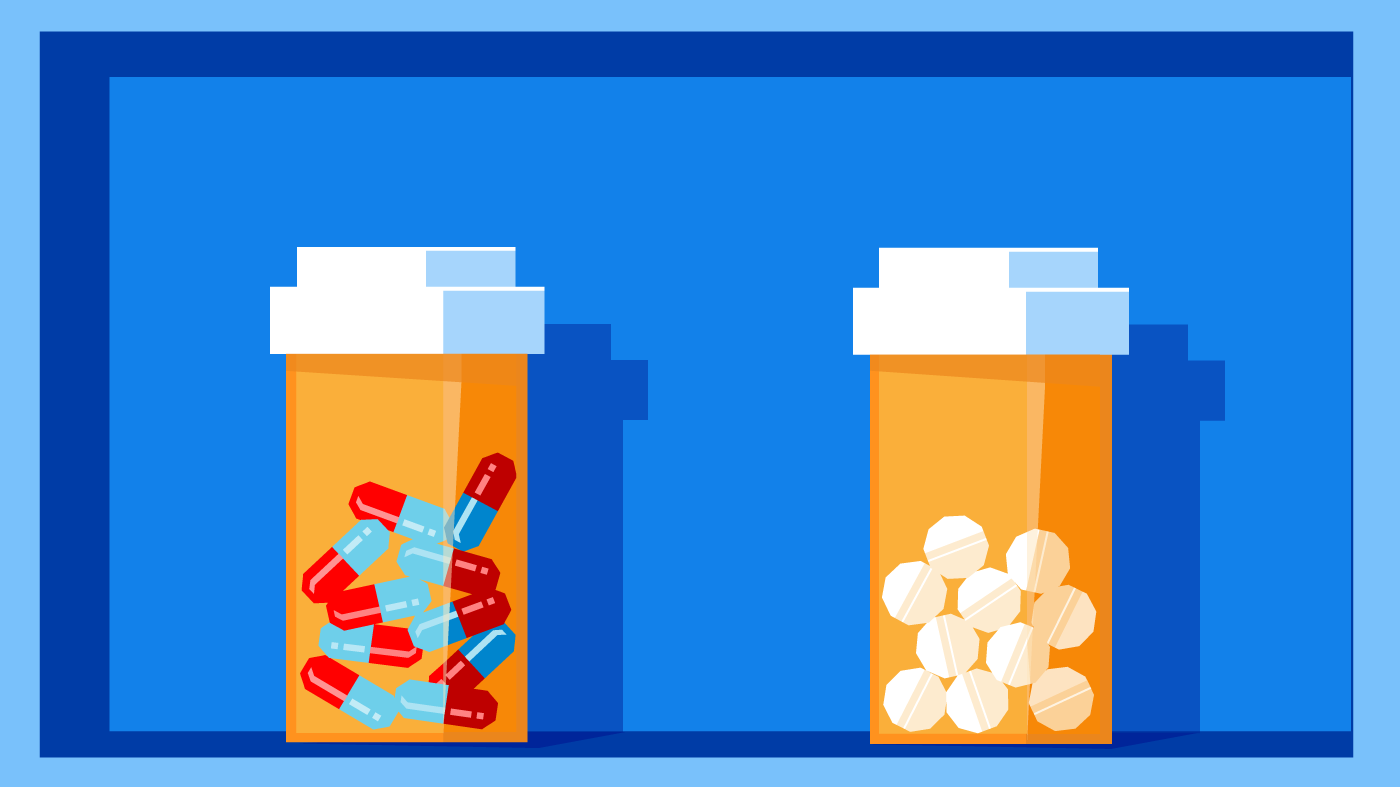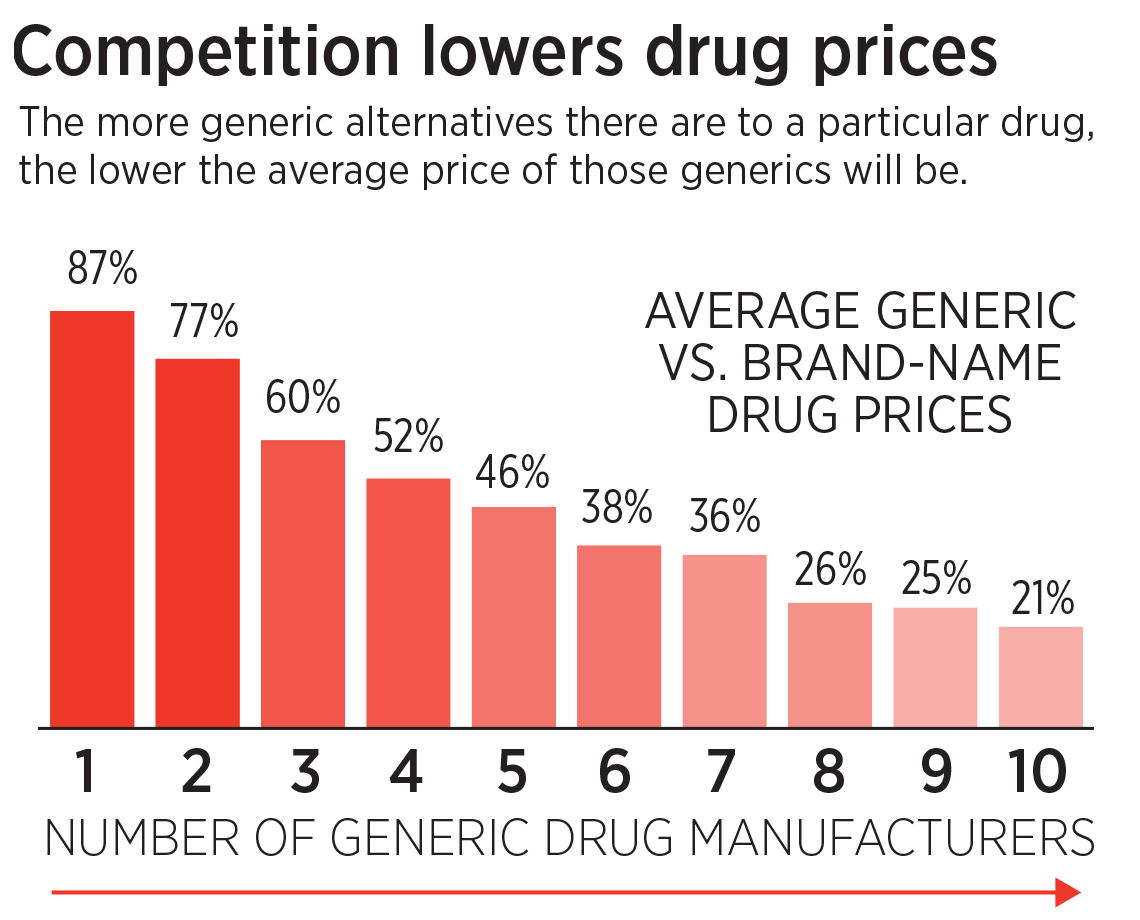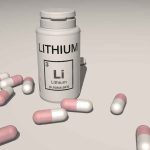
Key facts
- Generic medicines have the same active ingredient as brand-name medicines and work in the same way, but may look different and contain different non-active ingredients.
- Generic alternatives are often cheaper than brand-name medicines. This is because the company that produces the medicine did not need to invest money in developing and marketing it.
- In Australia, you can only sell generic medicines if they work the same way as the brand-name medicine.
- Prescribers in Australia must include the name of the active ingredient on prescriptions. This can help you know exactly what you are taking and avoid mistakes.
Are generic medicines the same as brand-name medicines?
Generic medicines work the same way as brand-name medicines, but there are some differences.
Every medicine has 2 names:
- a brand name, from the pharmaceutical company that markets the medicine
- a generic name, which is the medicine’s active ingredient that makes it work
When a medicine with a new active ingredient is first developed, a patent (a legal right given to a new or innovative product or process) protects it for several years. The patent allows the company to make profits to recover the money it spent developing the medicine, or on buying the rights to market it.
Under a patent, other companies cannot sell a similar medicine that contains the same active ingredient.
After the patent expires, other companies are allowed to develop medicines based on the active ingredient. These are known as ‘generic’ medicines. Several different brand-names may all have the same active ingredient as the original medicine.
Generic medicines may be different from the brand-name version in:
- shape, size and colour
- packaging
- ‘inactive ingredients’ that do not contribute to the treatment effect of the medicine
Are generic medicines as effective and safe as brand-name medicines?
Yes. Generic medicines contain the same active ingredient. This is why they work the same way as brand-name medicines.
Generic medicines can only be sold in Australia if they meet the same strict standards of quality, safety and effectiveness as the original brand.
Why are generic medicines often less expensive?
Generic medicines may cost less than brand-name medicines. This is because the manufacturers have not spent money on research and development of the medicine or buying the rights to sell it.
Should I buy a generic medicine?
Your pharmacist might ask if you prefer the generic version of your medicine. Here are some things to consider:
- A generic medicine will usually cost less and will have the same effect as the original.
- You may choose not to switch from a brand-medicine to it’s generic, in order to avoid confusion, especially if you take several different medicines.
- Many medicines contain fillers, binding agents, flavours or other ingredients that may trigger an allergic reaction in some people. If you have a known allergy, you should check whether a generic medicine contains ingredients that you are allergic to.
It’s usually your choice whether to buy a brand-name medicine or a generic option if one is available, but sometimes your doctor will prescribe a specific brand.
If you have any questions about generic medicines, ask your doctor or pharmacist.
What is active ingredient prescribing?
All Australian health professionals who prescribe medicines must write a medicine’s active ingredient on the prescription. If your prescriber would like to include a brand-name on your prescription, they can add it after the active ingredient.
Active ingredient prescribing makes it easier for you to identify different medicines that may contain the same ingredient. This will help you to:
- avoid accidental double-dosing
- avoid taking a medicine that you’re allergic to
- check that it is safe to combine the medicine with another medicine
- identify suitable alternatives if you need to buy your medicines when you are overseas
For specific medicines, such as the blood thinner warfarin, you will need to continue taking the same brand. Your doctor will specify this on the prescription (by writing or ticking the box ‘brand substitution not permitted’ on your prescription), so the pharmacist knows which medicine they should give you.





